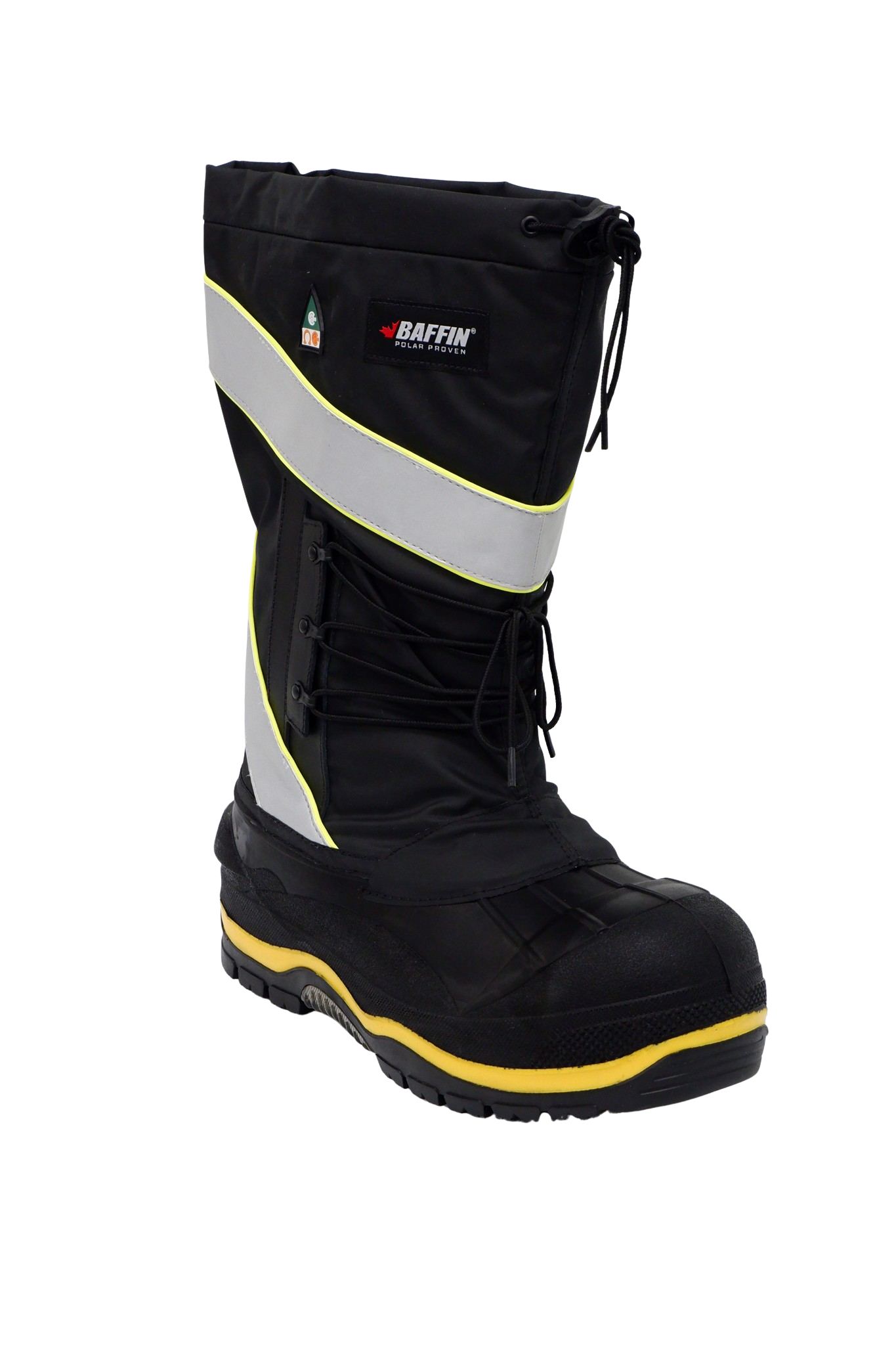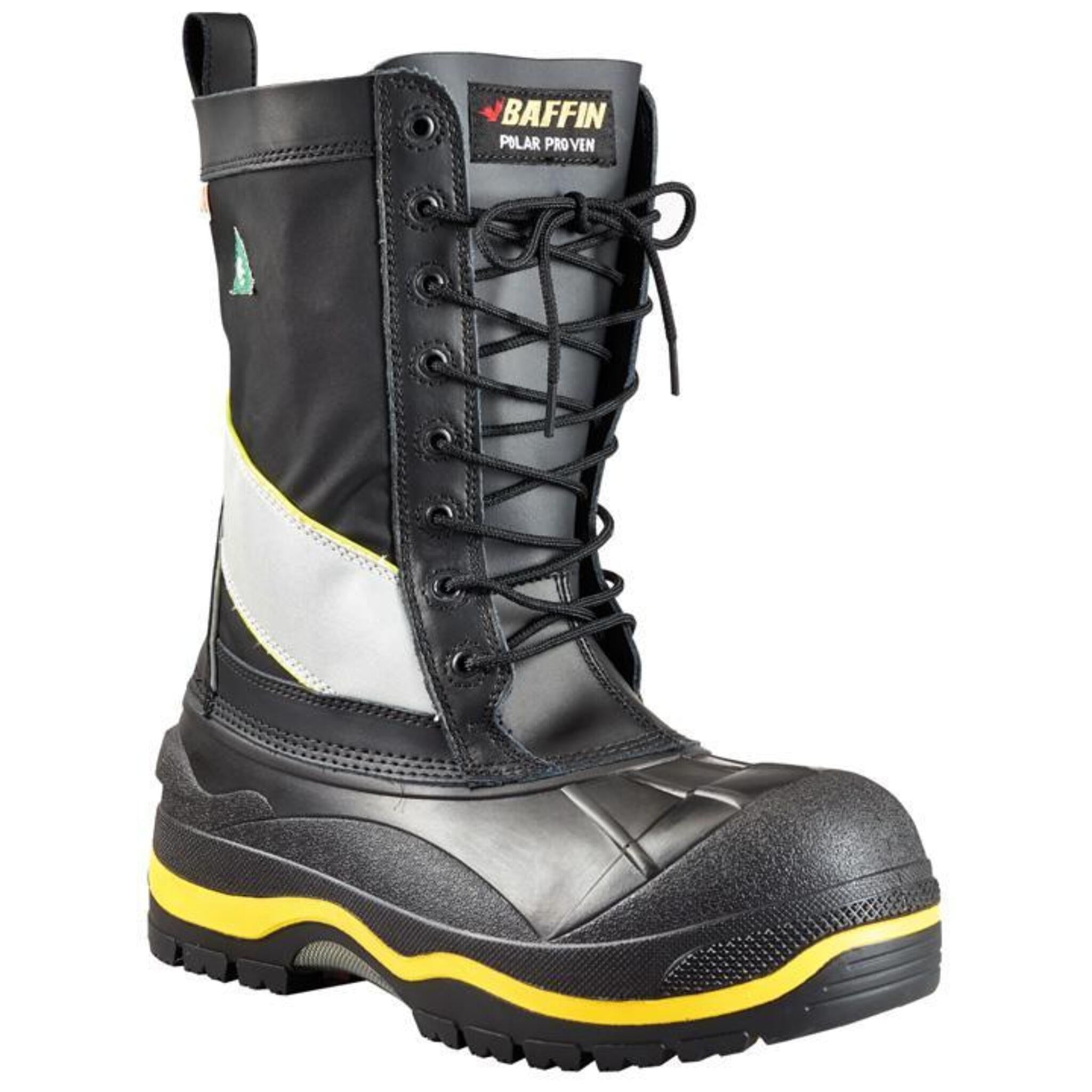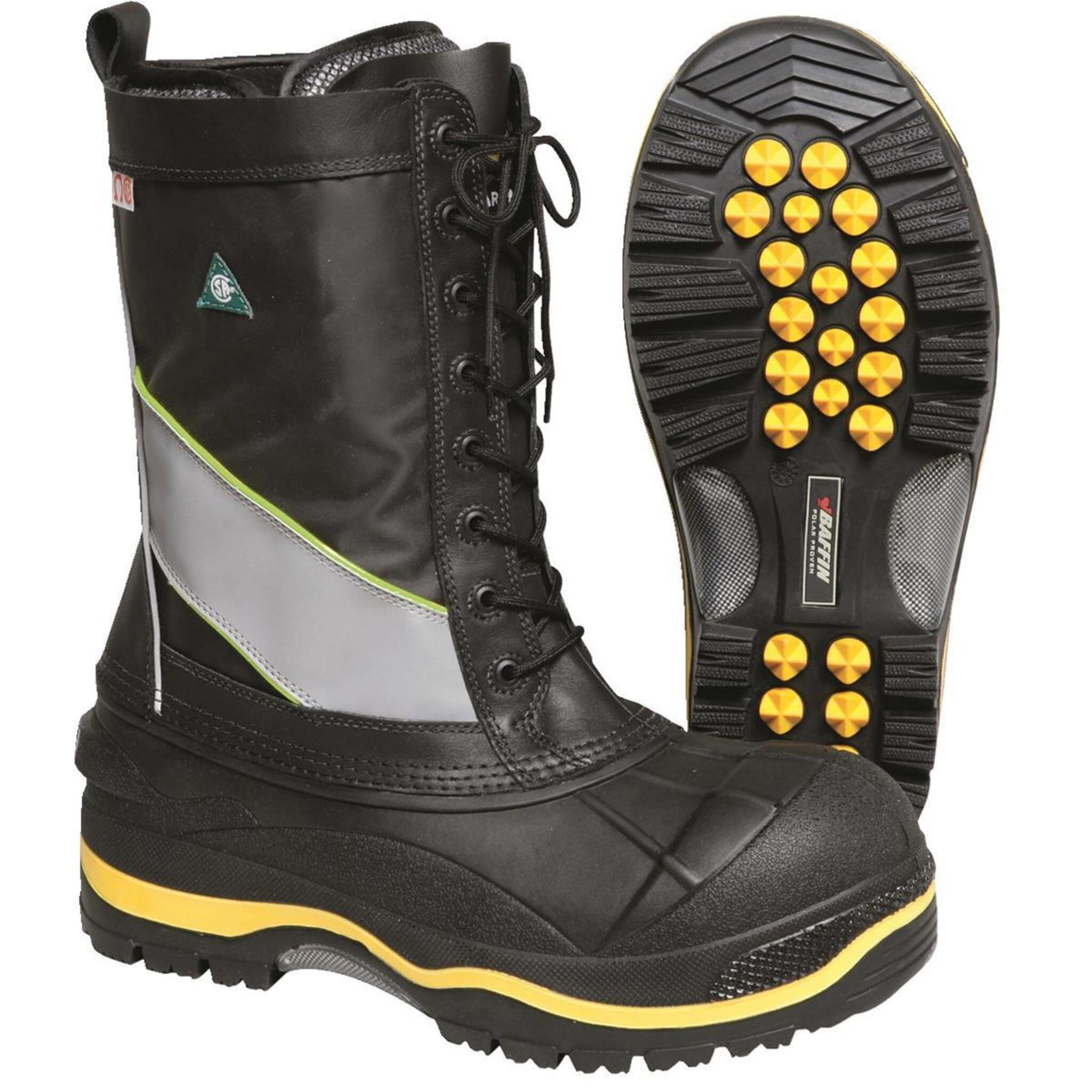Categories
- Shop All (5559)
-
-
- Hi-Vis Chainsaw Safety (14)
- Hi-Vis Coveralls and Overalls (24)
- Hi-Vis Hoodies and Shirts (49)
- Hi-Vis Jackets (35)
- Hi-Vis Pants (21)
- Hi-Vis Rain Wear (47)
- Hi-Vis Vests (51)
- Winter Hi-Vis Bombers and Parkas (26)
- Winter Hi-Vis Coveralls and Overalls (22)
- Winter Hi-Vis Hoodies (4)
- Winter Hi-Vis Pants (3)
- Winter Hi-Vis Vests (6)
-
-
-
-
- Brooms (2)
- Dust Mops (0)
- Dust Pans and Brushes (4)
- Flow Thru Tools (2)
- Microfiber Mops (0)
- Pool and Tank Tools (2)
- Scrubbers and Scrapers (1)
- Soap and Sanitizer Dispensers (0)
- Sprayers (1)
- Squeegees (1)
- Toilet Brushes and Plungers (3)
- Trash Cans & Bags (8)
- Wet Floor Signs (0)
- Wet Mops and Buckets (4)
-
- Bars and Prying Tools (21)
- Bolt Cutters and Shears (17)
- Chisels and Punches (9)
- Combination Hand Tool Sets (12)
- Extractors (13)
- Files (6)
- Gear Pullers (14)
- Hammers and Mallets (14)
- Hand Saws (22)
- Hex Keys (12)
- Layout and Distance Lasers (1)
- Marking Tools (1)
- Measuring Tools (26)
- Pliers (56)
- Precision Measuring and Testing Tools (24)
- Propane Torches (8)
- Screwdrivers and Nutdrivers (22)
- Sockets (66)
- Tap and Die Sets (11)
- Tool Boxes (27)
- Utility Knives (14)
- VDE Tools (7)
- Wire Cutters and Strippers (14)
- Wrenches (22)
-
- Beveling and Deburring (17)
- Curb and Valve Keys (20)
- Drilling and Tapping (12)
- Extended Impact Sockets (3)
- Flaring and Rerounding (7)
- General Pipe Working Tools (23)
- Guillotine Pipe Cutters (2)
- Hydrostatic Test Pumps (12)
- Internal Pipe Cutters (6)
- Manhole Testing (4)
- PE Peelers (8)
- Pipe Reamers (4)
- Pipe Threading (17)
- Pipe Wrenches (24)
- Plastic Pipe Joint Kits (4)
- Plastic Pipe Saws (5)
- Power Drive (13)
- Quick Release Cutters (15)
- Ratchet Shears (9)
- Ratcheting Wrenches (12)
- Rotary Cutters (3)
- Shut Off Tools (9)
- Soldering Torches (3)
- Vises (7)
-
- Angle Grinders (6)
- Batteries and Chargers (18)
- Bench Grinders (7)
- Circular Saws (3)
- Combo Tool Kits (10)
- Cordless Fans (6)
- Cordless Lighting (15)
- Cut Off Saws (4)
- Drills and Drivers (8)
- Grease Guns (3)
- Impact Drivers (5)
- Jobsite Radios and Speakers (8)
- Lifestyle (7)
- Mitre Saws (2)
- Reciprocating Saws (4)
-
- Angle Grinder Wheels and Brushes (23)
- Bench Grinder Wheels (7)
- Circular Saw Blades (11)
- Drill and Driver Bits (26)
- High Speed Gas Saw Blades (3)
- Holesaws (11)
- Impact Sockets (25)
- Jig Saw Blades (2)
- Oscillating Multi Tool Blades (1)
- Portable Chop Saw Blades (4)
- Power Tool Storage (5)
- Reciprocating Saw Blades (8)
-
-
-
-
- Air Fresheners (2)
- All Purpose Cleaners (19)
- Bowl and Washroom (8)
- Coffee and Breakroom (19)
- Degreasers (3)
- Dishwashing (4)
- Disinfectants and Sanitizers (1)
- Drain Openers (7)
- Hand Cleaners (9)
- Laundry Cleaners (10)
- Paper Products and Wiper Rags (24)
- Scale Removers (4)
- Urinal Pucks and Liquids (5)
- Wet Wipes (2)
-
-
- Ball Valves (13)
- Black and Galvanized Steel Fittings (16)
- Bronze Pipe Fittings and Nipples (13)
- Butterfly Valves (4)
- Check Valves (18)
- Flexible Connectors (4)
- Gate and Globe Valves (5)
- Knife Gate Valves (9)
- Pipe Fitting Accessories (4)
- Schedule 80 PVC Fittings (27)
- Stainless Steel Fittings and Valves (24)
- Victaulic Grooved Fittings (23)

Winter Safety Boots
33 products
Showing 1 - 24 of 33 products


Winter Safety Boots Canada - CSA-Approved Insulated Work Boots for Extreme Cold
Canadian workers face some of the harshest winter conditions in the world. When temperatures drop below freezing and workplaces become hazardous with ice, snow, and extreme cold, having the right winter safety boots can mean the difference between staying productive and facing injury or frostbite.
Winter safety boots are specialized protective footwear designed to provide warmth, waterproofing, slip resistance, and impact protection in cold and hazardous environments.
Commonly used in construction, transportation, mining, and winter outdoor work boots applications, these boots combine thermal insulation, aggressive tread patterns, and waterproof materials to keep feet safe and comfortable during the most challenging winter conditions.
Key features include CSA certification, thermal linings rated for extreme temperatures, slip-resistant outsoles, protective toe caps, and breathable waterproof construction that meets Canadian safety standards.
Understanding Canadian Winter Safety Standards
In Canada, winter work safety boots must meet strict CSA (Canadian Standards Association) certification requirements. These standards ensure that winter safety boots provide adequate protection against:
Impact Protection: Composite or steel toe caps rated for 125 joules of impact
Puncture Resistance: Anti-perforation midsoles protect against sharp objects
Slip Resistance: Outsoles tested on wet and icy surfaces
Temperature Ratings: Insulation systems tested to specific cold weather thresholds
Electrical Hazard Protection: Non-conductive materials for electrical safety
When selecting men's winter safety boots in Canada, always verify CSA certification markings to ensure compliance with Canadian workplace safety regulations.
Types of Winter Safety Boots for Canadian Workers
Heavy Duty Winter Safety Boots
Heavy-duty winter safety boots are purpose-built for demanding work environments such as construction sites, factories, and mines. These construction winter boots typically feature steel or composite toe caps, puncture-resistant soles, and deep-textured rubber outsoles for maximum anti-slip traction.
Built from durable waterproof materials, many include advanced insulation like Thinsulate to keep feet warm in extreme cold. Popular models like theDunlop Purofort Thermo+ Steel Toe provide protection down to -50°C while maintaining CSA/ASTM certification.
Insulated Rubber Safety Boots
Ideal for wet, cold, and muddy environments,insulated rubber safety boots create an impermeable barrier against snow, slush, and standing water. These waterproof winter safety boots feature thermal linings that provide reliable insulation against frostbite, while anti-slip soles reduce the risk of slips and falls on icy surfaces.
Built from high-grade rubber, they resist tearing, abrasions, and chemical exposure. TheSTC Cobalt Winter Rubber Work Boots exemplify this category with -60°C protection and removable insulated liners.
Laced Winter Safety Boots
Laced winter safety boots offer a customizable fit and superior ankle support, making them ideal for uneven or slippery terrain. The lace-up system allows for a snug, adjustable fit that reduces blisters and improves stability during long workdays outdoors.
These winter outdoor work boots provide extended height for better protection and comfort during extended exposure to harsh conditions. Models like theGrisport BOA Hawk Winter Boots feature advanced lacing systems and Vibram MegaGrip Pro soles for exceptional traction.
Metguard Winter Safety Boots
Metguard winter safety boots feature built-in metatarsal guards that protect the upper foot area from crushing injuries. They meet or exceed strict safety standards while offering comfort and mobility with flexible materials and shock-absorbing layers.
Perfect for construction, industrial sites, and warehouses in harsh winter conditions, these boots provide comprehensive foot protection. TheSTC Golden Winter Safety Work Boots combine internal metguard protection with a -45°C temperature rating.

Selecting the Perfect Winter Work Boots
Extreme Cold Protection Models
Dunlop Purofort Thermo+ Steel Toe Boots
Rated to -50°C, these lightweight yet durable boots offer CSA/ASTM certification, slip-resistant outsole, chemical resistance, and steel toe protection. TheDunlop Purofort Thermo+ Steel Toe represents excellent value for extreme cold industrial work.
Cofra Thermic SuperLight Safety Boots
CSA-approved with composite toe, anti-perforation midsole, and slip-resistant outsole. TheCofra Thermic SuperLight ensures flexibility down to -25°C, perfect for construction and industrial use.
Baffin Derrick Hi-Vis Work Boots
Among the warmest winter boots in the world, rated to -100°C, theseBaffin Derrick Hi-Vis boots offer oil/acid resistance, reflective hi-vis details, GelFlex midsole, and CSA-approved protective toe. Designed specifically for heavy industry and oilfields.
Premium Performance Options
Grisport Moose Pull-On Winter Safety Boots
TheGrisport Moose Pull-On boots feature waterproof leather construction with Vibram MegaGrip Pro sole technology, providing exceptional grip in winter conditions while maintaining CSA/ASTM certification.
Acton Innova 8" Winter Safety Work Boots
Combining composite toe protection with natural rubber construction, theActon Innova 8" boots offer -45°C protection with slip-resistant performance for demanding applications.
Kodiak Ice Conqueror Winter Safety Boots
TheKodiak Ice Conqueror features waterproof leather, Vibram Arctic Grip technology, and composite toe protection, making it ideal for extreme winter work conditions.
How to Choose the Right Winter Work Boots for Canadian Conditions
Essential Safety Certifications
CSA Certification Requirements:
Look for boots displaying the official CSA certification symbol, which guarantees compliance with Canadian safety standards. Key certifications include:
Toe Protection: Grade 1 (125 joules impact resistance)
Sole Protection: Puncture resistance up to 1,200 newtons
Electric Shock Resistance: For electrical work environments
Metatarsal Protection: Extended foot protection
Temperature Rating Considerations
Insulation Systems:
Choose boots with appropriate insulation ratings for your work environment:
400g Insulation: Suitable for moderate cold (-10°C to -20°C)
600g Insulation: Recommended for severe cold (-20°C to -35°C)
800g+ Insulation: Required for extreme cold conditions (-35°C and below)
Materials like Thinsulate provide excellent warmth-to-weight ratios while maintaining breathability.
Composite vs. Steel Toe Selection
Composite Toe Advantages:
Better insulation properties in cold weather
Lighter weight for reduced fatigue
Non-metallic for electrical safety
Airport security friendly
Steel Toe Benefits:
Maximum impact protection
Proven durability in harsh conditions
Cost-effective option
Widely accepted across industries
Sole Technology for Winter Traction
Advanced Outsole Features:
Arctic Grip Technology: Specialized compounds for ice traction
Deep Lug Patterns: Enhanced grip in snow and mud
Self-Cleaning Treads: Prevent snow and ice buildup
Oil-Resistant Compounds: Maintain grip on contaminated surfaces
Great winter work boots incorporate multiple traction technologies for maximum safety.
Popular Canadian Winter Safety Boot Brands
Trusted Manufacturers
Baffin: Specializing in extreme cold weather footwear, Baffin produces some of the best safety boots for winter conditions, with models rated for temperatures as low as -100°C.
Acton: A Canadian manufacturer known for innovative safety features and comfortable designs suited to Canadian workers' needs.
Dunlop: Renowned for lightweight yet durable construction, Dunlop boots offer excellent chemical resistance and temperature protection.
Cofra: Italian-engineered boots designed for harsh industrial environments, featuring advanced materials and CSA compliance.
STC: Providing reliable protection with innovative features like removable liners and metguard protection systems.
Grisport: Combining traditional craftsmanship with modern technology, Grisport boots offer superior comfort and performance.
Winter Work Safety Boot Maintenance and Care
Extending Boot Life in Harsh Conditions
Daily Maintenance:
Remove excess snow and ice after each use
Allow boots to dry completely between wears
Use appropriate leather conditioners for leather boots
Inspect for damage or wear regularly
Storage Best Practices:
Store in well-ventilated areas
Use boot dryers for faster drying
Rotate between multiple pairs when possible
Replace worn laces and insoles promptly
Replacement Indicators
When to Replace Winter Safety Boots:
Visible wear on slip-resistant outsole patterns
Compromised waterproof integrity
Damaged toe caps or safety features
Worn insulation affects warmth
Exceeded manufacturer's recommended lifespan
Equip Your Team With CSA-Certified Winter Safety Boots
Browse our comprehensive selection of winter safety boots designed specifically for Canadian workers. With fast shipping across Canada and competitive bulk pricing, we ensure your crew stays safe and productive all winter long.
Shop Winter Safety Boots at Cleanflow – Free Shipping $199+.
Frequently Asked Questions
Can winter safety boots be worn for everyday use?
Yes, winter safety shoes provide excellent warmth, traction, and protection for daily winter activities, though comfort and design may vary by model. Many Canadian workers wear their winter work boots throughout the cold season.
Are winter safety boots suitable for extremely low temperatures?
Yes, depending on the temperature rating. Extreme cold weather safety toe boots can handle conditions as low as -100°C when properly selected. For extreme cold winter work boots applications, choose models with appropriate insulation ratings and pair with thermal socks.
What makes the best safety boots for winter different from regular winter boots?
Winter work safety boots combine occupational safety features (toe protection, puncture resistance, slip resistance) with winter-specific elements (insulation, waterproofing, enhanced traction). They meet CSA safety standards while providing superior cold-weather protection.
How do I ensure proper fit for winter safety boots?
Try boots on with the socks you'll wear at work, preferably in the afternoon when feet are slightly swollen. Ensure adequate toe room for thermal socks while maintaining heel security. Consider sizing up slightly to accommodate thicker winter socks.
Can winter safety boots be repaired if damaged?
Minor repairs like lace replacement or insole changes are possible, but major damage to soles, insulation, or safety features usually requires boot replacement. The integrity of safety features should never be compromised.






















































